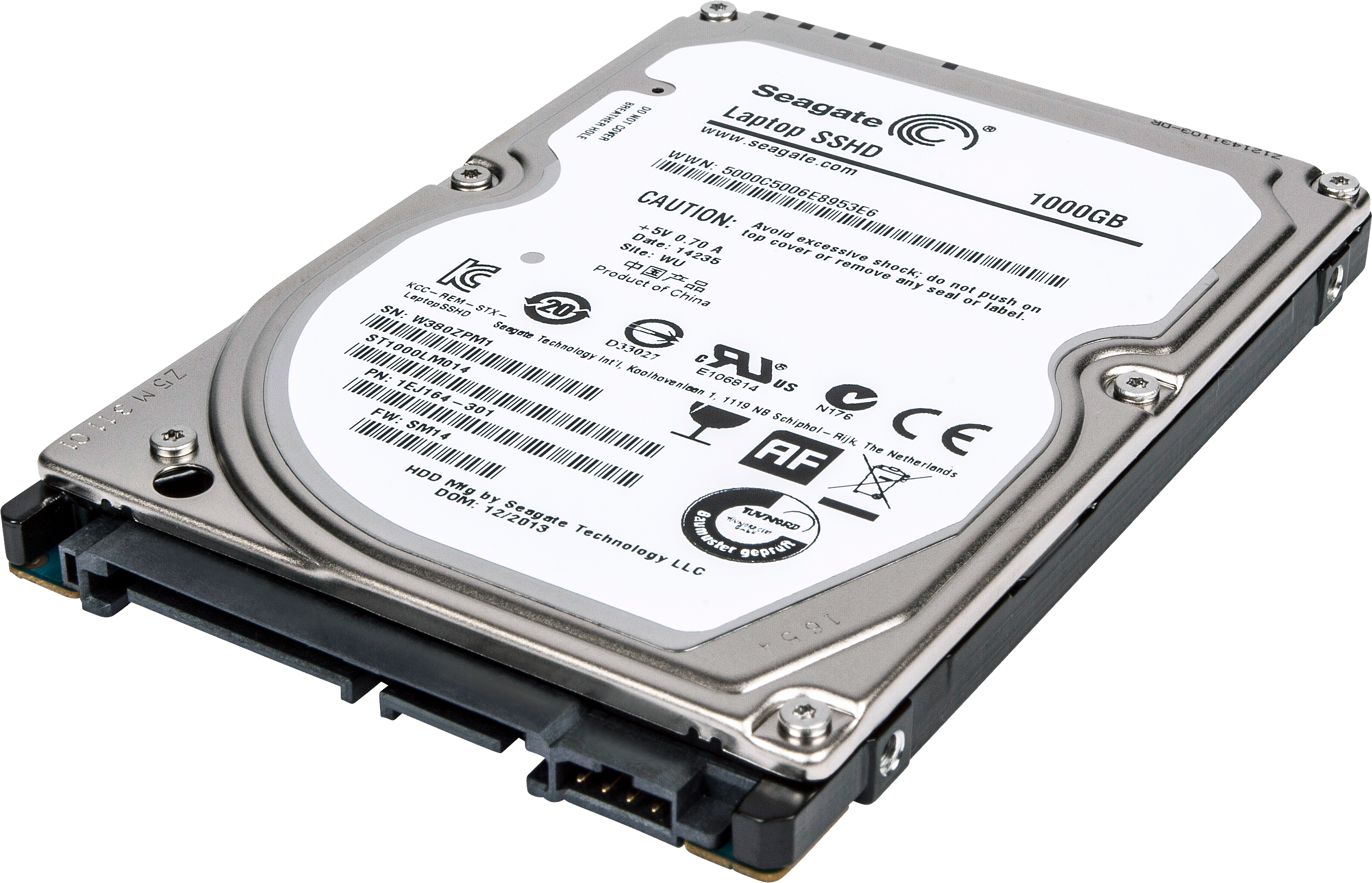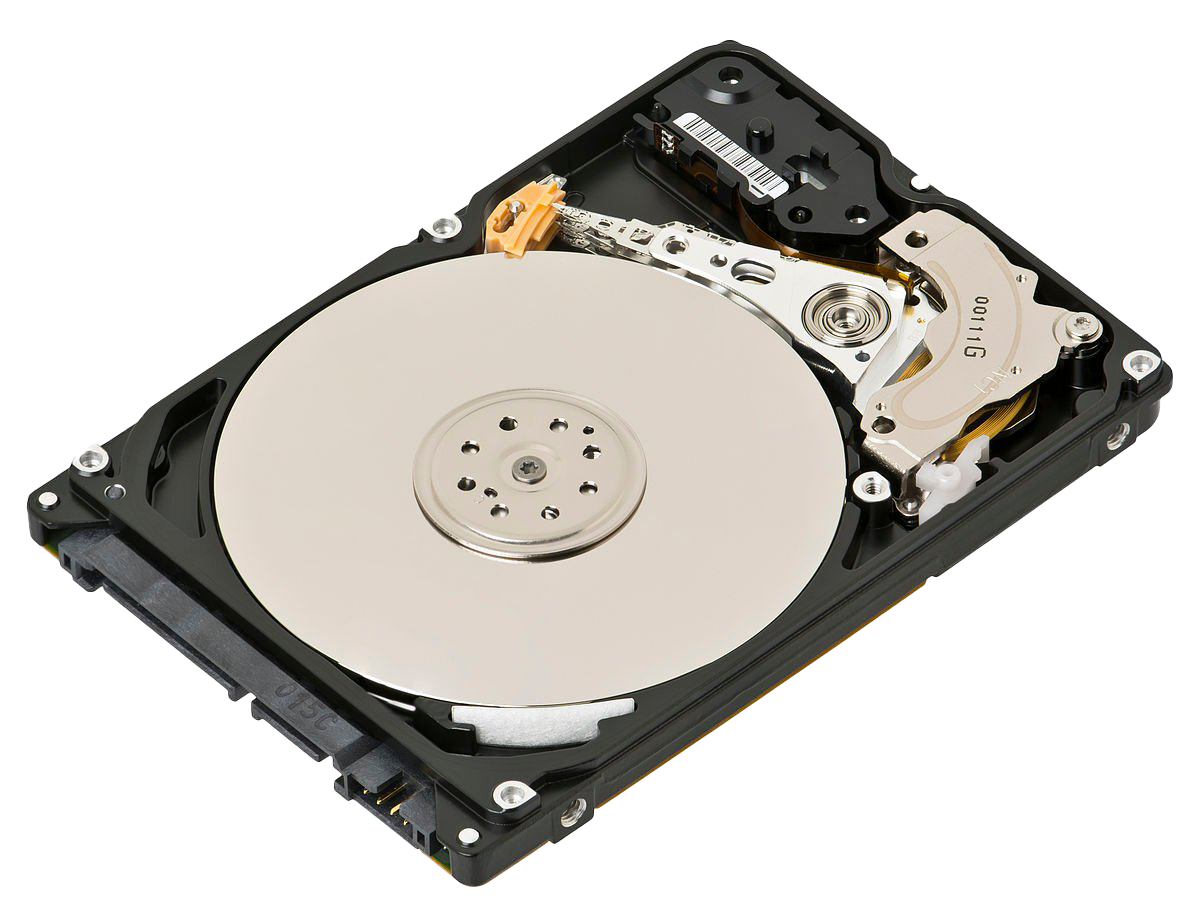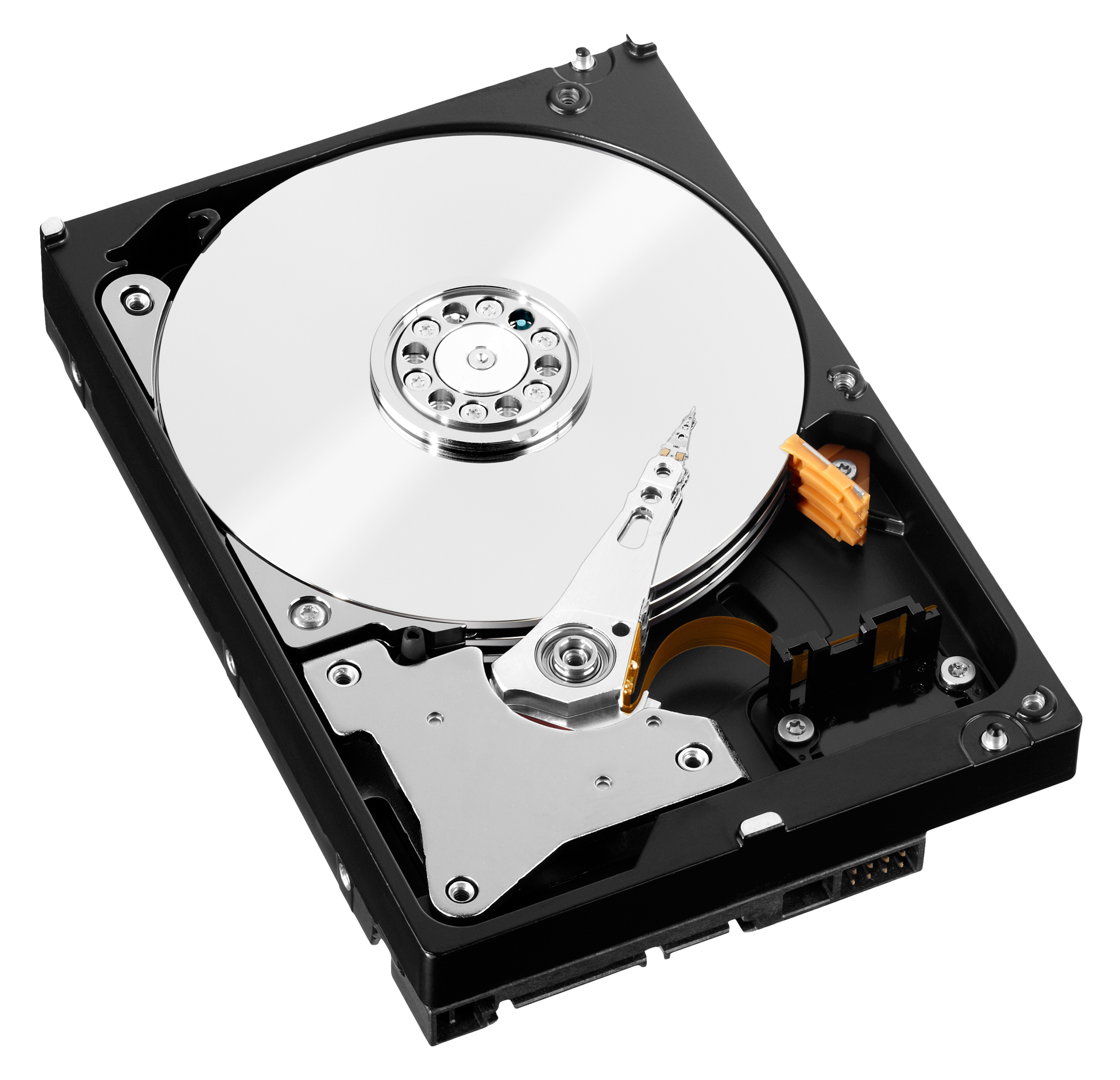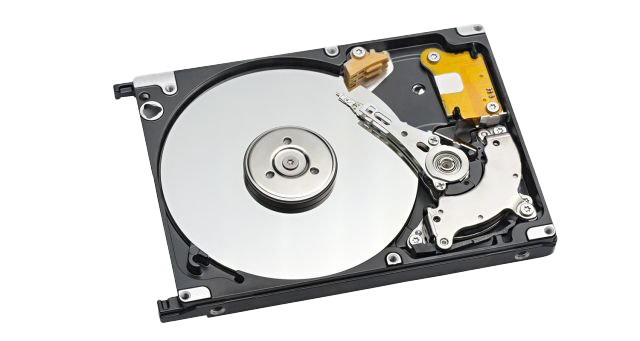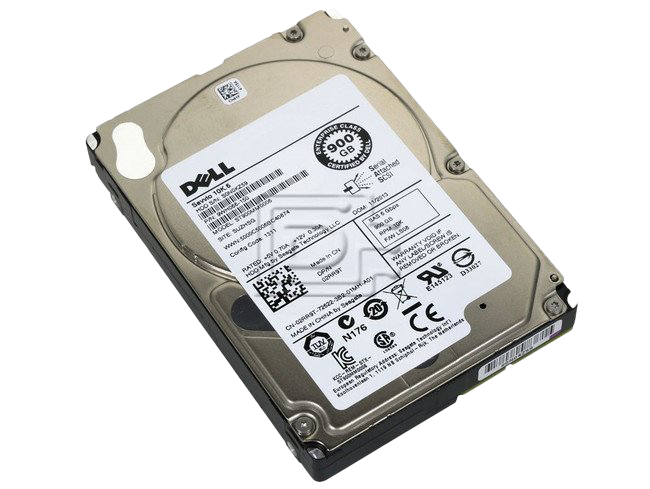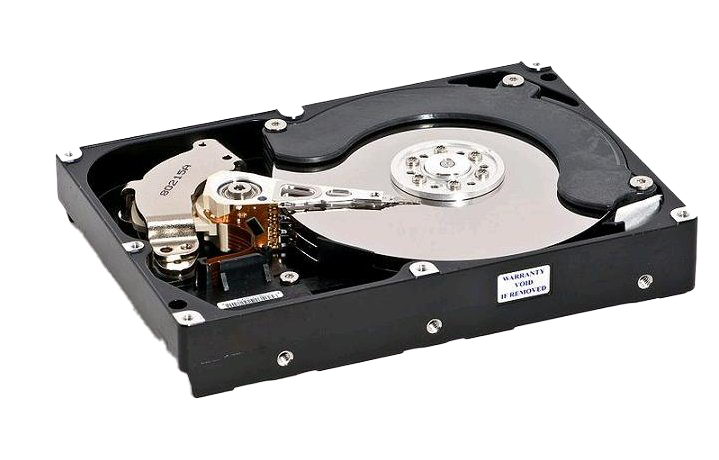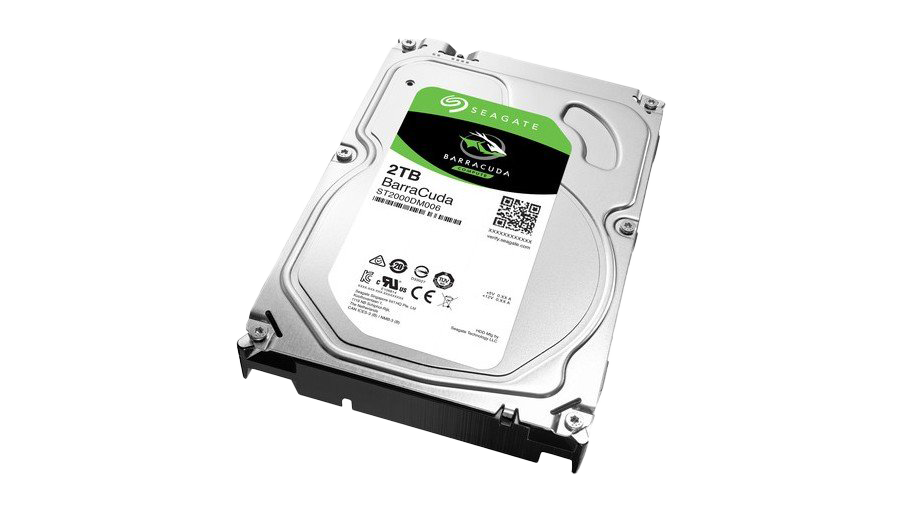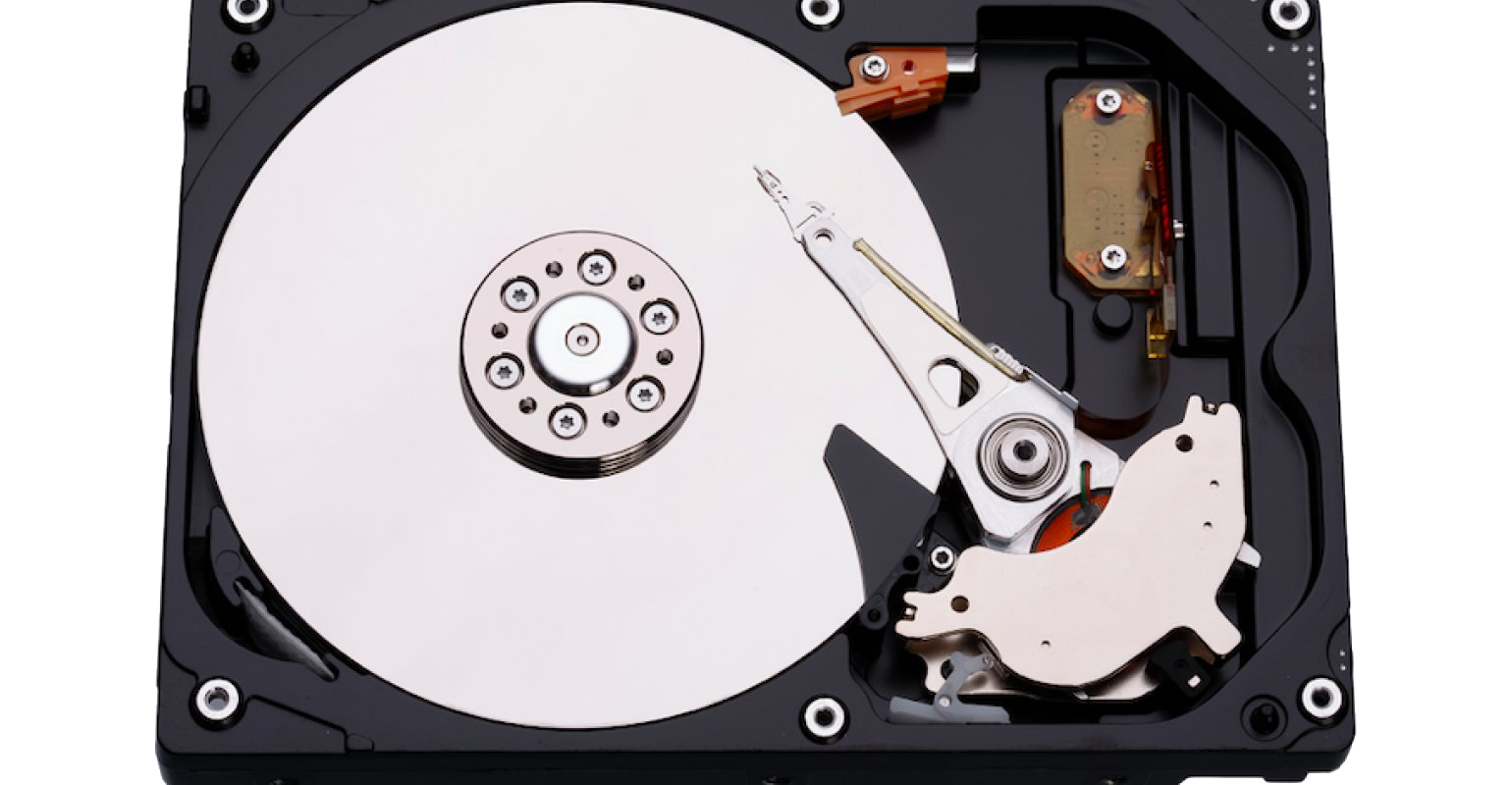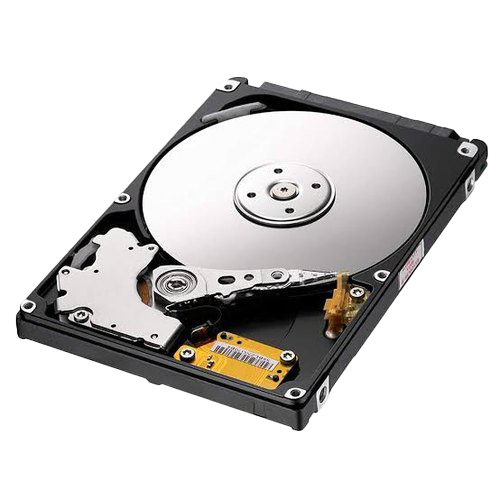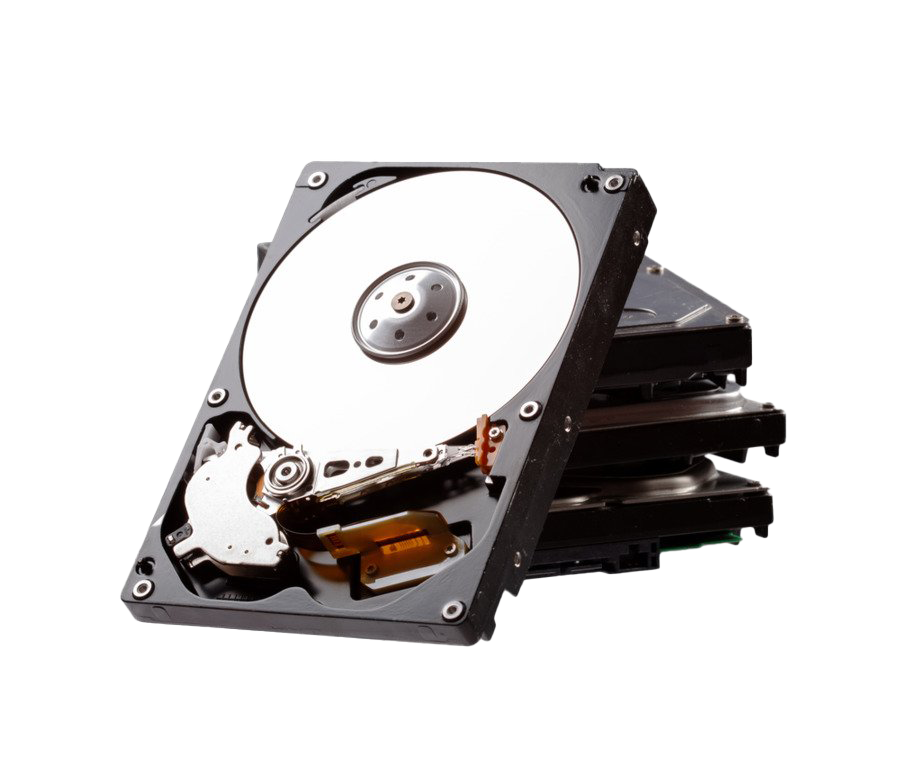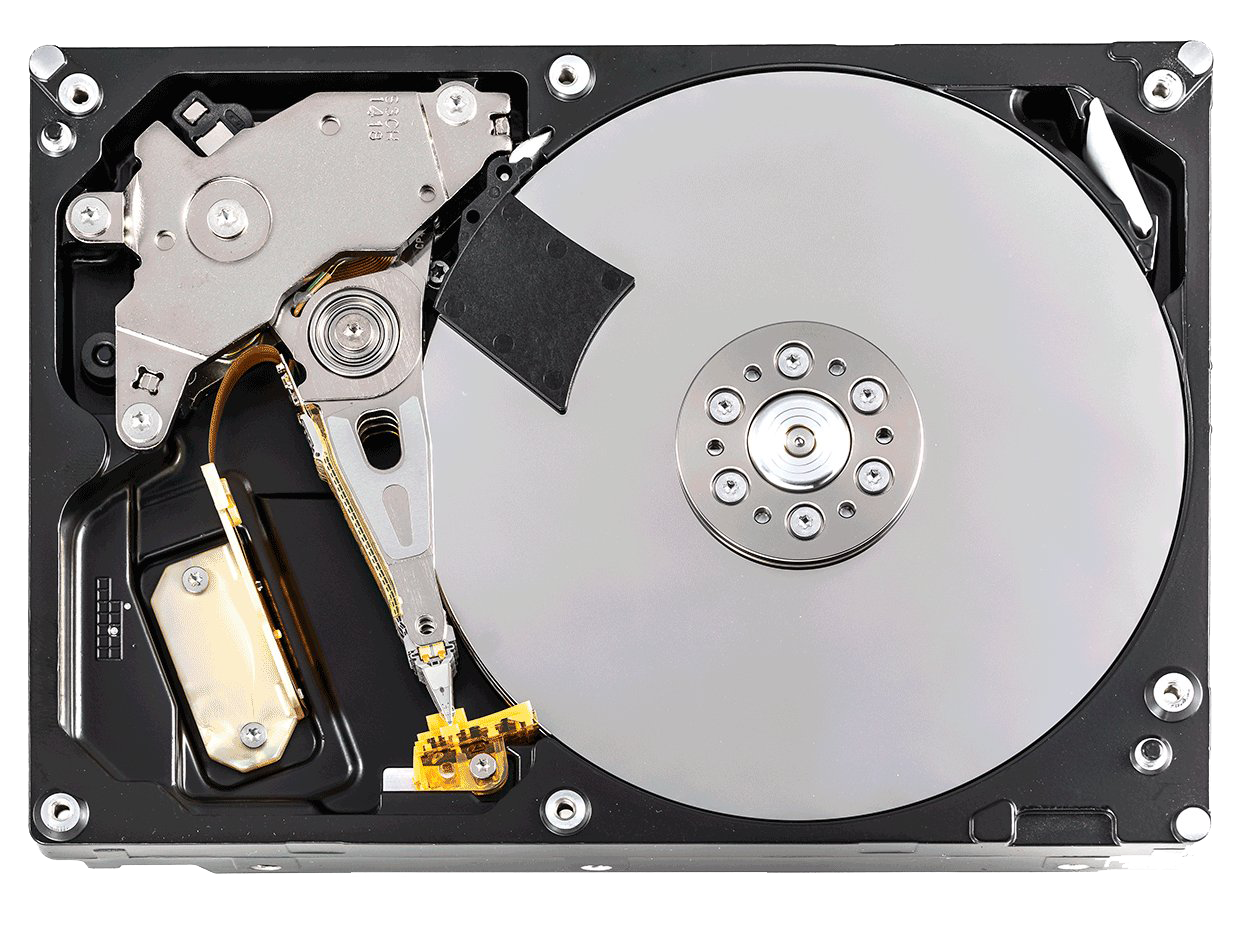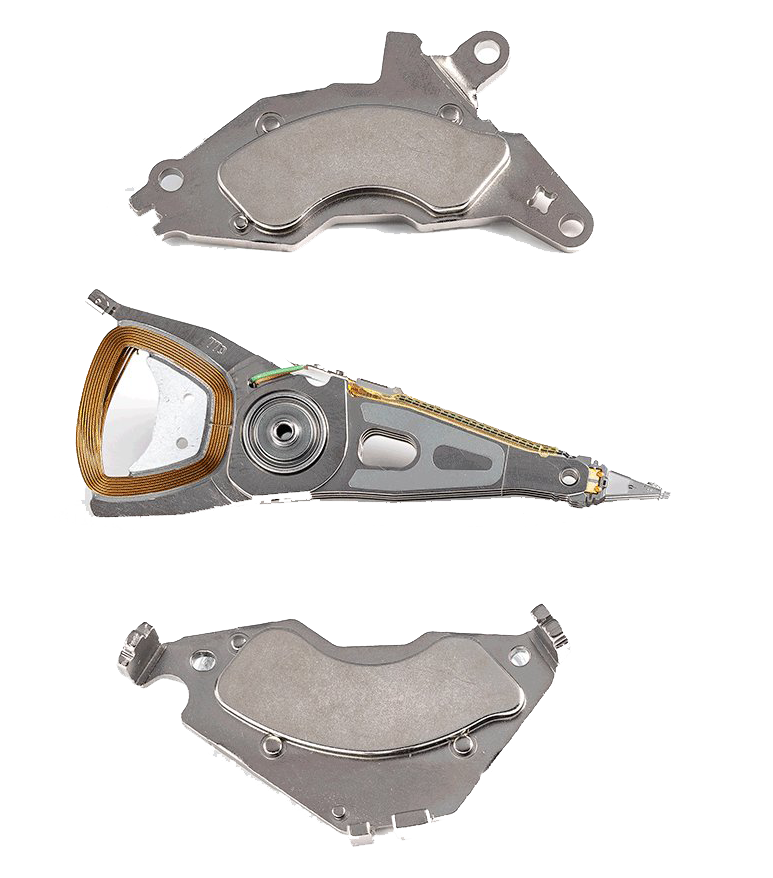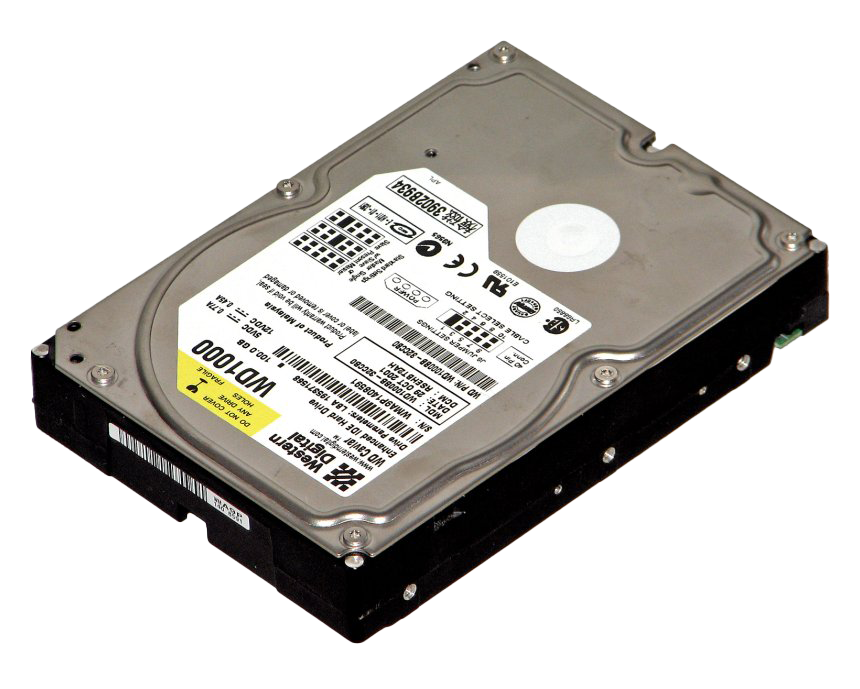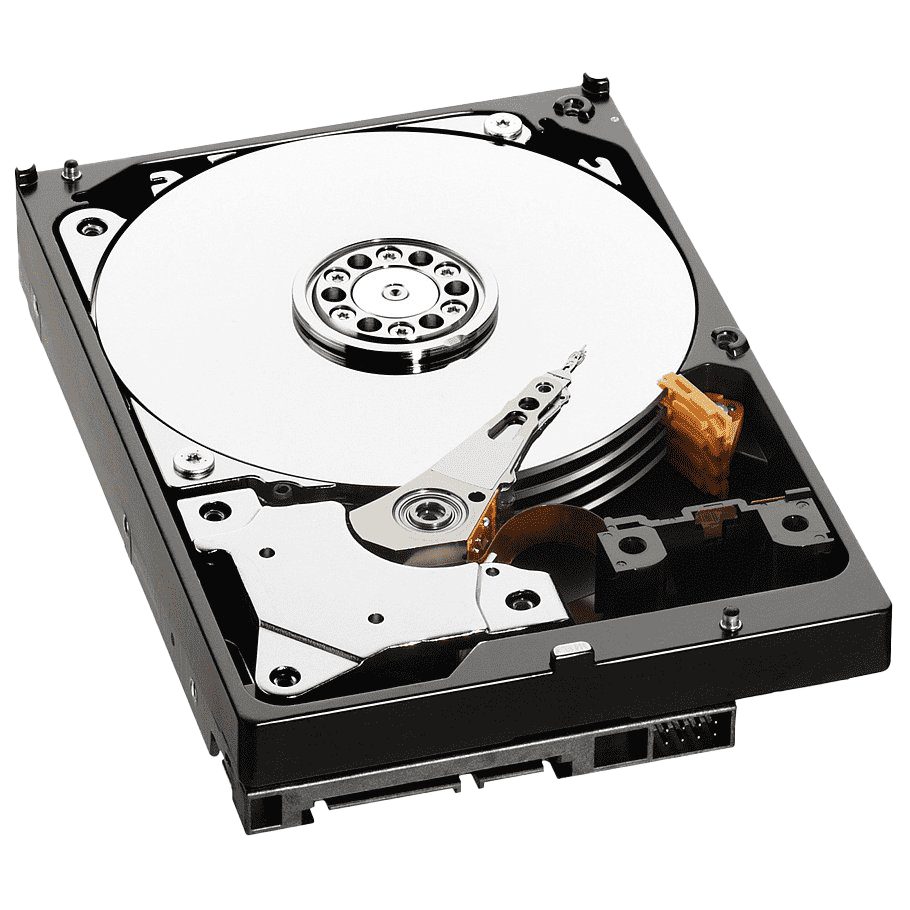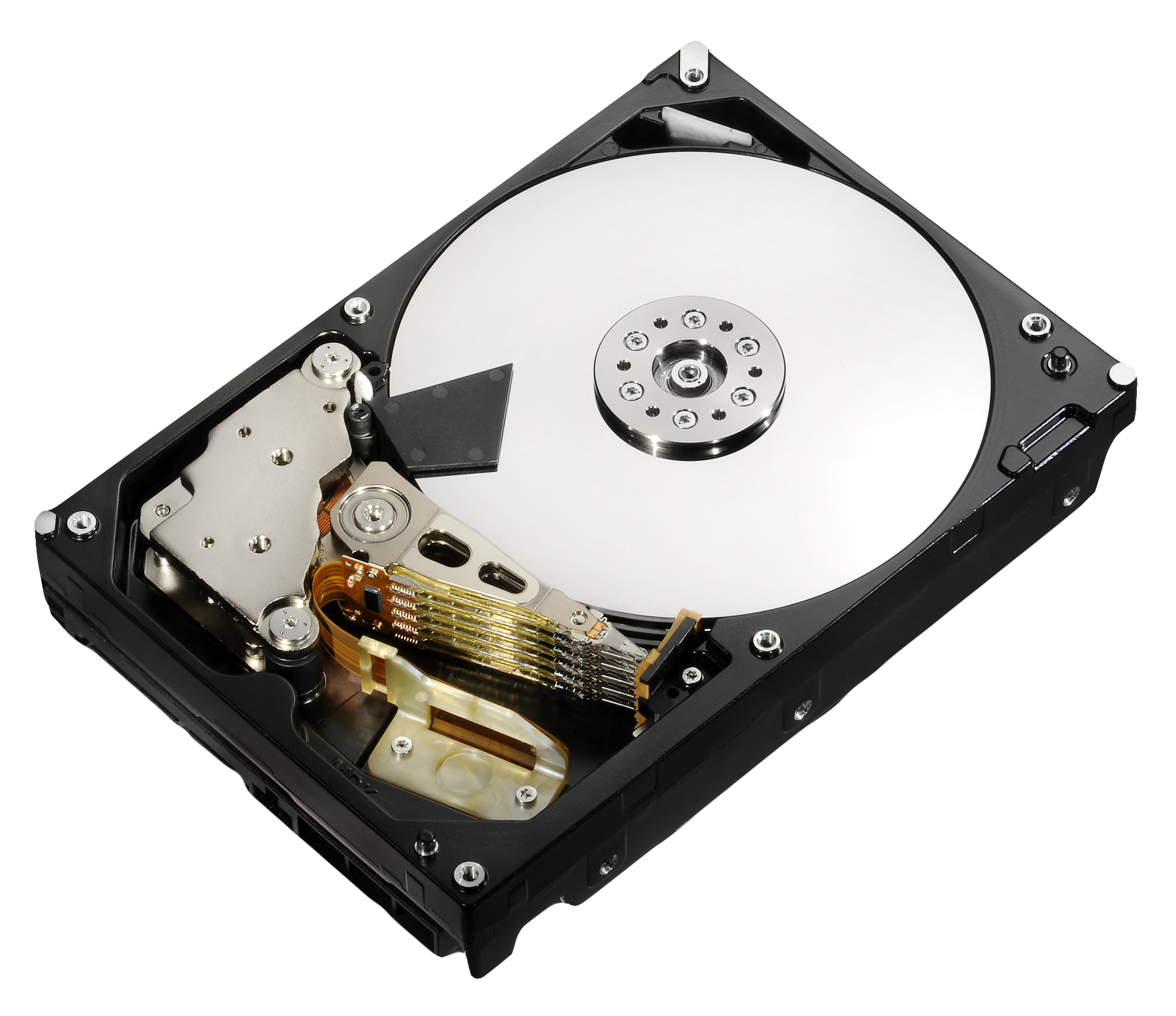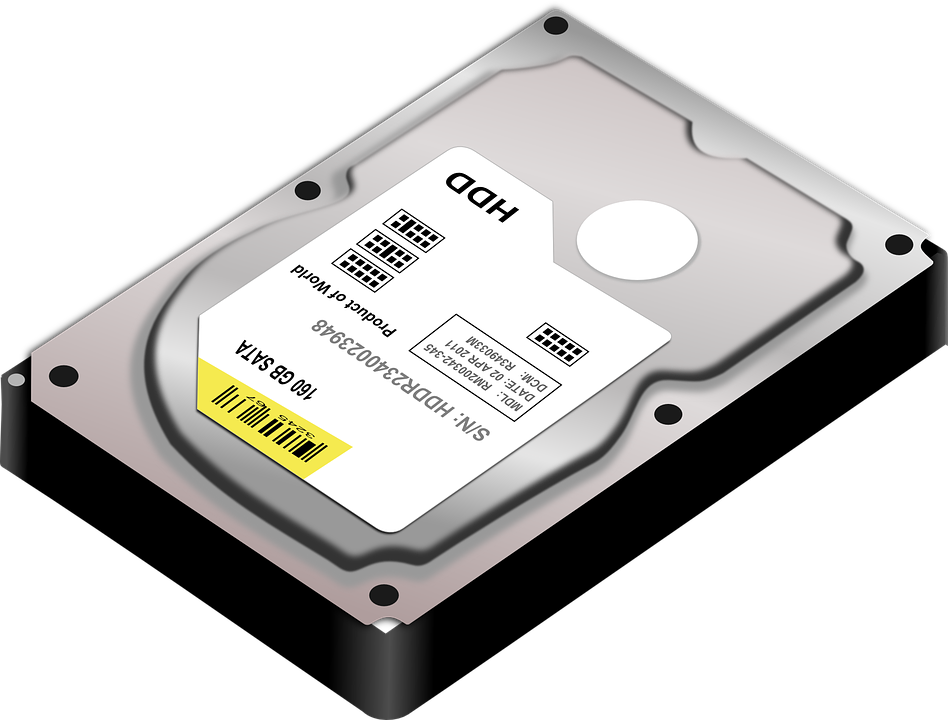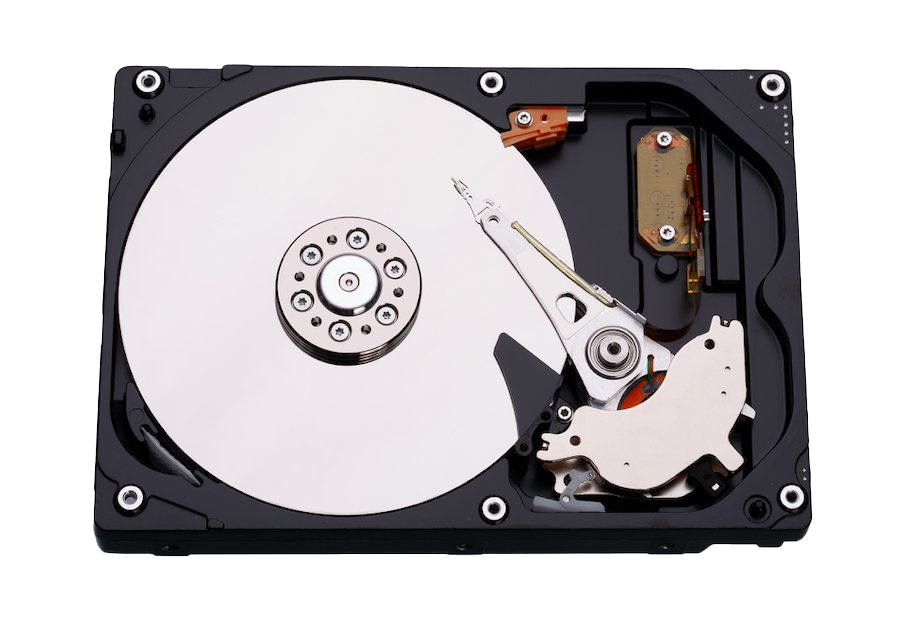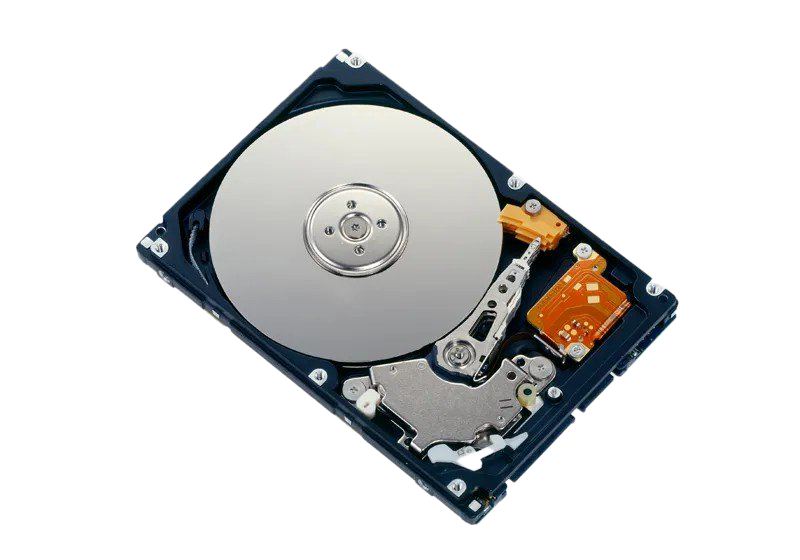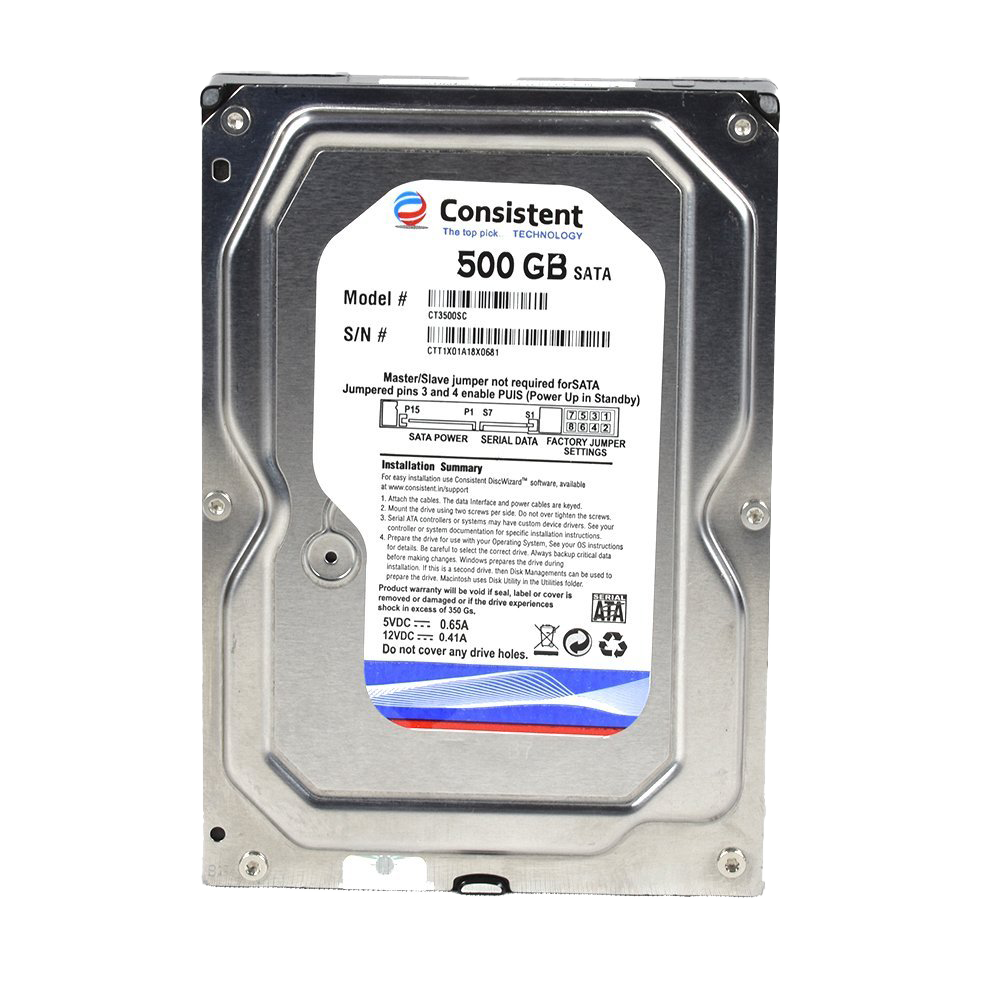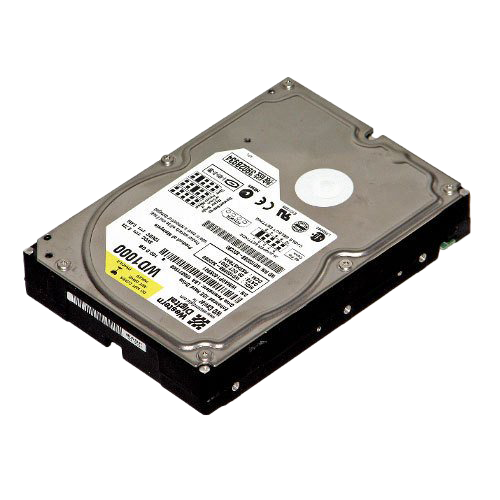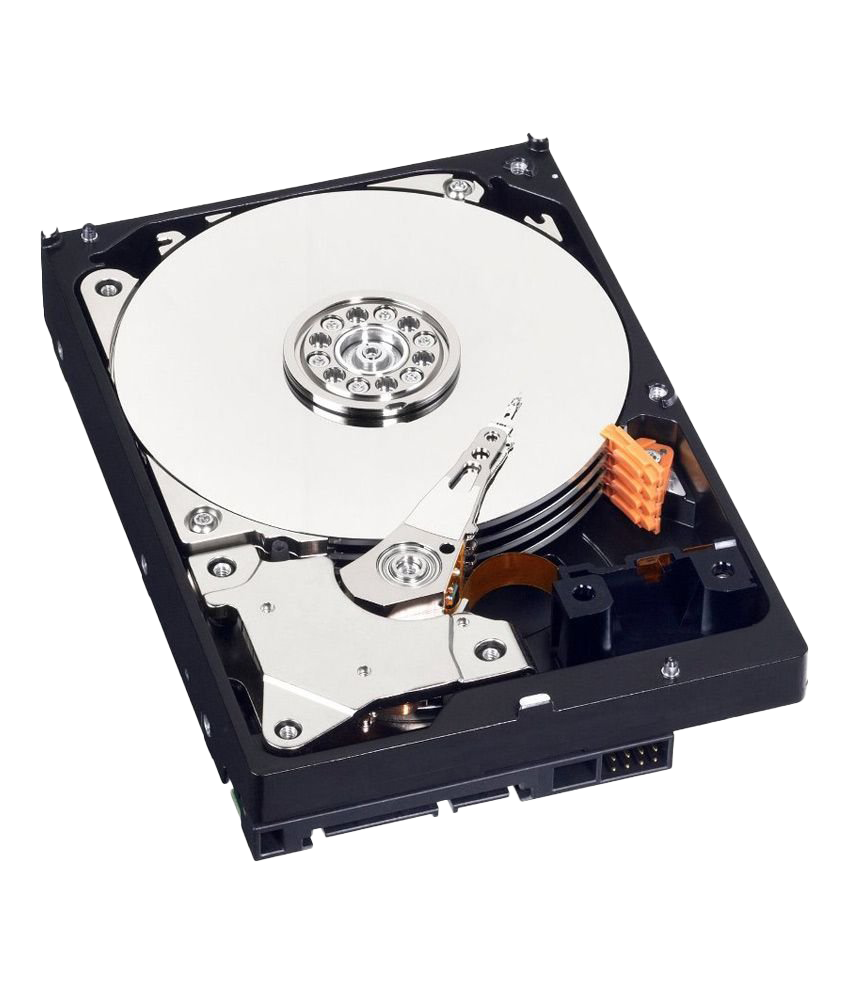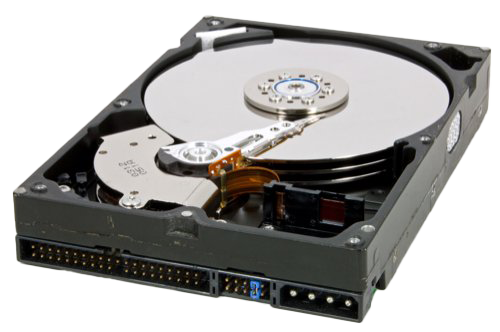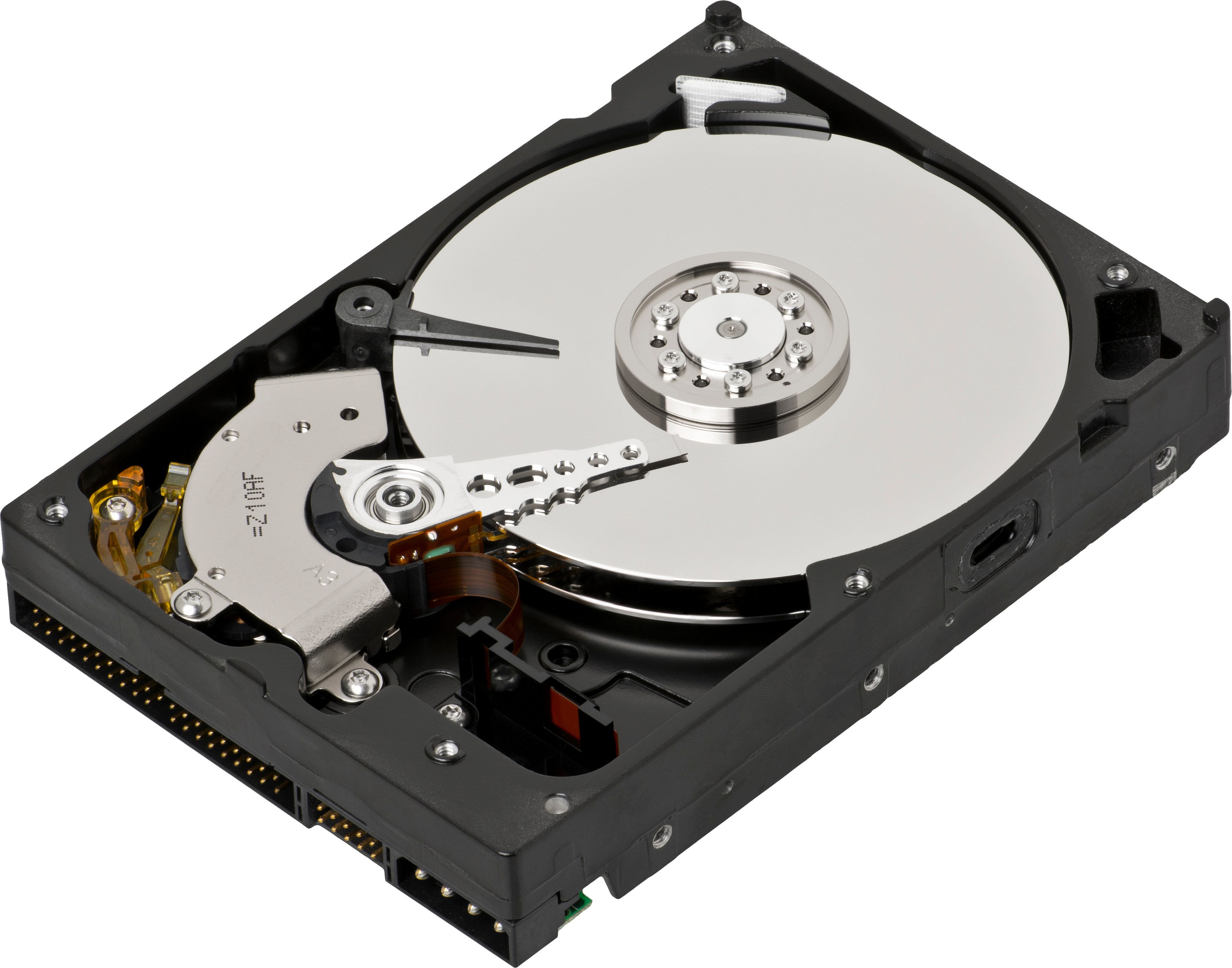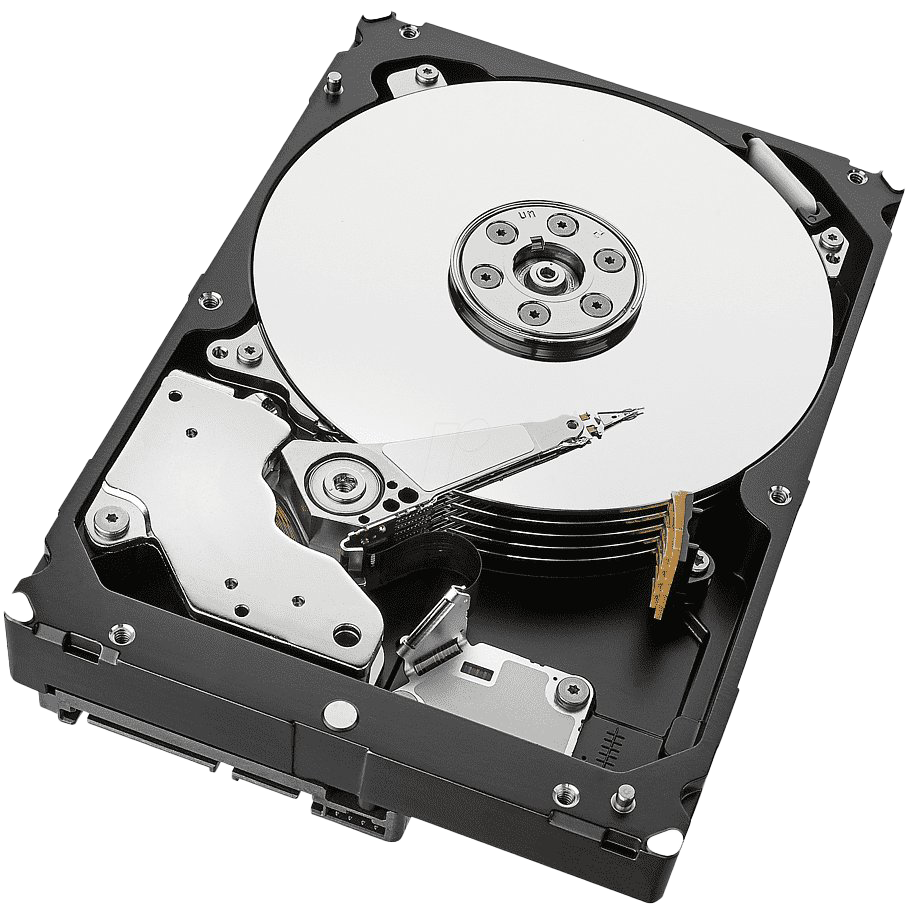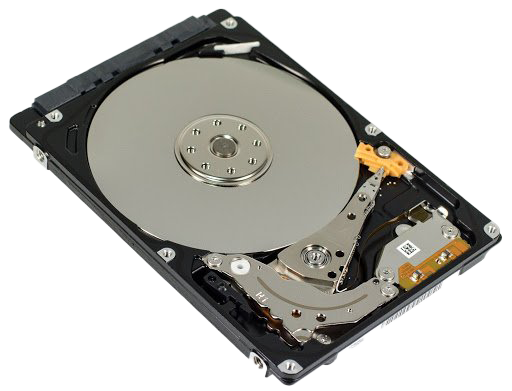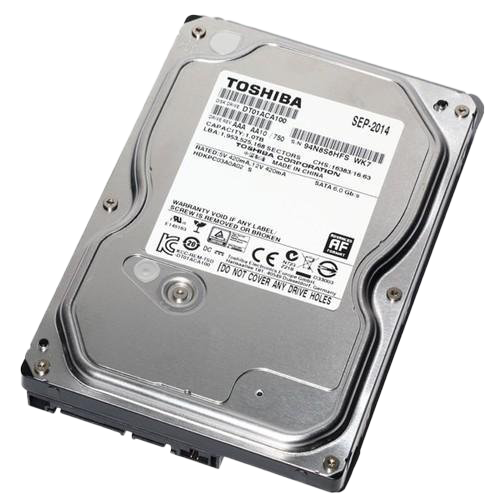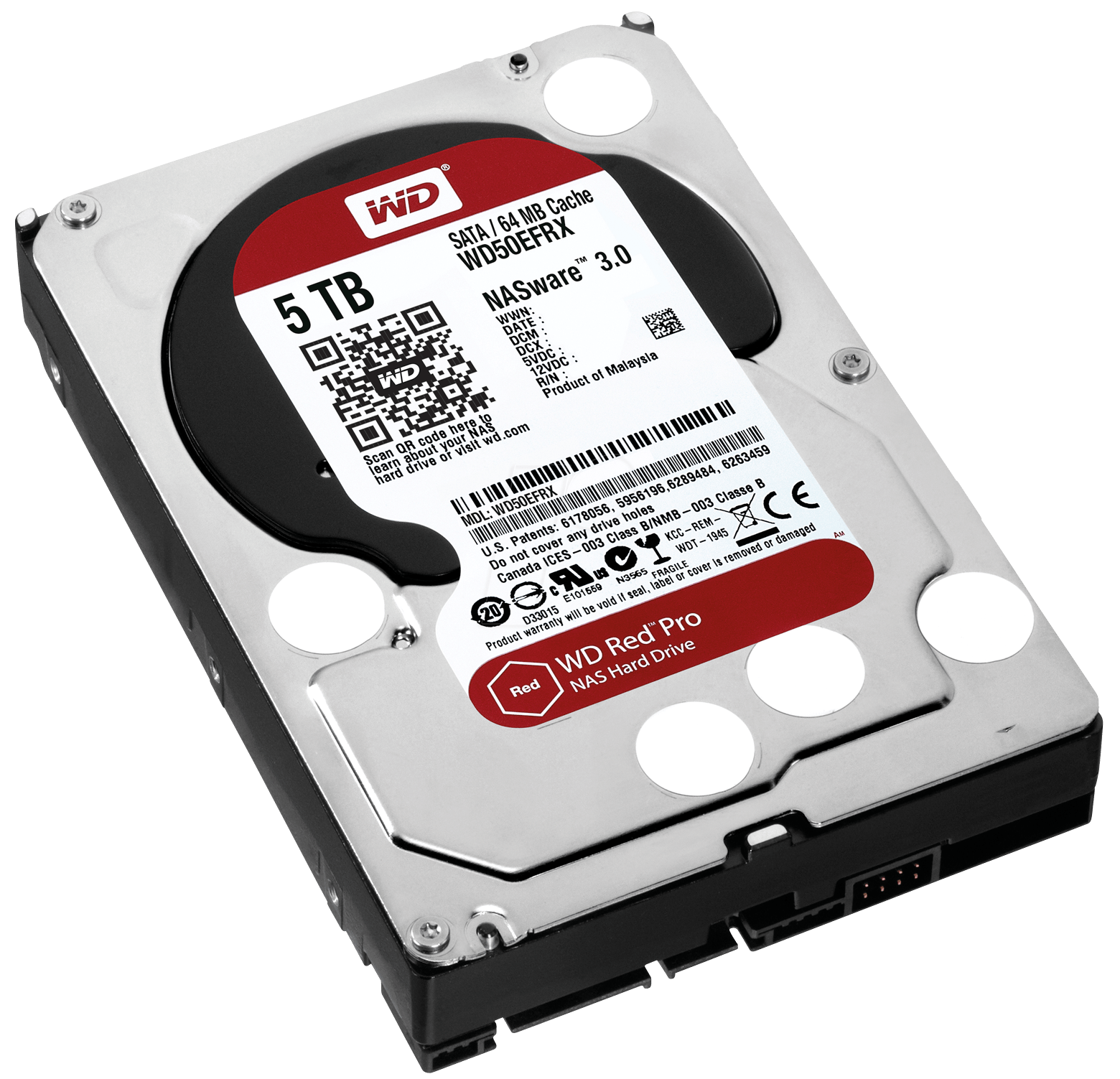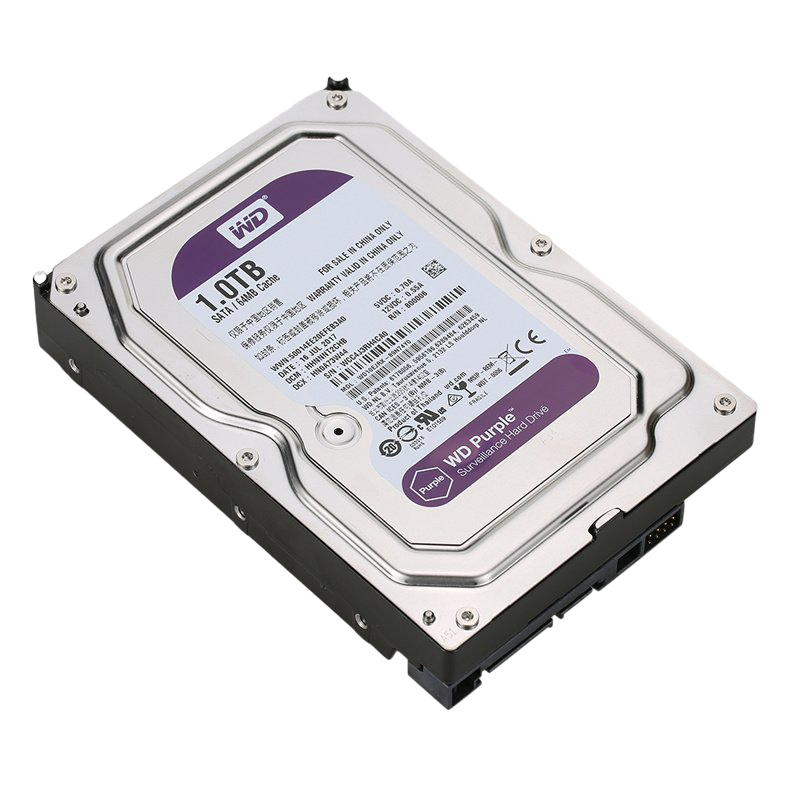Download top and best high-quality free Hard Disk Drive PNG Transparent Images backgrounds available in various sizes. To view the full PNG size resolution click on any of the below image thumbnail.
License Info: Creative Commons 4.0 BY-NC
A hard disk drive (HDD), hard drive, hard disk, or fixed disk is an electro-mechanical storage device that uses magnetic storage to store and retrieve digital data using one or more hard, rapidly rotating platters coated with magnetic material. These platters are connected to magnetic heads, usually located on a moving actuator arm that reads and writes data on the platter surfaces. Data is accessed in random access, which means that individual blocks of data can be stored and retrieved in any order. Hard disks are a type of non-volatile storage that stores data even when turned off.
Introduced by IBM in 1956, hard drives were the dominant secondary storage device for general purpose computers in the early 1960s. Hard drives maintained this position in the modern era of servers and personal computers, although large personal computing devices such as mobile phones and tablets rely on flash products. Historically, hard drives have been manufactured by more than 224 companies, although after extensive industrial consolidation, most devices are manufactured by Seagate, Toshiba and Western Digital. Hard drives dominate the volume of storage produced (exabytes per year) for servers. Although production is growing slowly (by exabytes shipped), sales revenues and unit shipments, sales and unit sales are declining because solid state drives (SSDs) have faster data transfer rates and higher areal storage density, better reliability and much lower latency and access times.
Revenue from SSDs, most of which use NAND, slightly exceed those for HDDs. Flash memory products have more than doubled revenue of hard disk drives as of 2017. Although SSDs cost four to nine times the price per bit, they replace hard drives. in applications where speed, power consumption, small size, high capacity and durability are important. Cost per bit for SSDs is declining and the price premium for hard drives is narrowing.
The main characteristics of a hard drive are its capacity and performance. Capacity is specified in unit prefixes corresponding to 1000 capacity: A 1 terabyte (TB) device has a capacity of 1000 gigabytes (GB; where 1 gigabyte = 1 billion bytes). Typically, some of the hard disk capacity is not available to the user because it is used by the computer’s file system and operating system, and possibly inbuilt redundancy for error correction and recovery. In addition, there is confusion about storage capacity as capacity is reported in decimal gigabytes (powers of 10) by hard drive manufacturers, while some operating systems report capacity in binary gigabytes, resulting in less than stated. Performance is determined by the time it takes to move the heads to a track or cylinder (average access time), plus the time it takes to move the desired sector to move under the head (average latency, which is a function of the physical rotational speed in revolutions per minute), and finally the speed at which the data is transmitted (data rate).
Download Hard Disk Drive PNG images transparent gallery.
- SATA Hard Disk Drive Transparent
Resolution: 2524 × 1625
Size: 4274 KB
Image Format: .png
Download
- SATA Hard Disk Drive
Resolution: 1200 × 918
Size: 614 KB
Image Format: .png
Download
- Hard Disk Drive PNG Clipart
Resolution: 1950 × 1880
Size: 1642 KB
Image Format: .png
Download
- Hard Disk Drive PNG Download Image
Resolution: 640 × 341
Size: 142 KB
Image Format: .png
Download
- Hard Disk Drive PNG File Download Free
Resolution: 650 × 489
Size: 287 KB
Image Format: .png
Download
- Hard Disk Drive PNG File
Resolution: 719 × 460
Size: 239 KB
Image Format: .png
Download
- Hard Disk Drive PNG Free Download
Resolution: 904 × 509
Size: 208 KB
Image Format: .png
Download
- Hard Disk Drive PNG Free Image
Resolution: 1540 × 800
Size: 627 KB
Image Format: .png
Download
- Hard Disk Drive PNG HD Image
Resolution: 500 × 500
Size: 167 KB
Image Format: .png
Download
- Hard Disk Drive PNG High Quality Image
Resolution: 900 × 760
Size: 303 KB
Image Format: .png
Download
- Hard Disk Drive PNG Image File
Resolution: 1240 × 930
Size: 1168 KB
Image Format: .png
Download
- Hard Disk Drive PNG Image File (4)
Resolution: 773 × 878
Size: 405 KB
Image Format: .png
Download
- Hard Disk Drive PNG Image
Resolution: 860 × 689
Size: 489 KB
Image Format: .png
Download
- Hard Disk Drive PNG Images
Resolution: 910 × 910
Size: 605 KB
Image Format: .png
Download
- Hard Disk Drive PNG Photo
Resolution: 1804 × 1559
Size: 1379 KB
Image Format: .png
Download
- Hard Disk Drive PNG Pic
Resolution: 948 × 720
Size: 235 KB
Image Format: .png
Download
- Hard Disk Drive PNG Picture
Resolution: 906 × 628
Size: 316 KB
Image Format: .png
Download
- Hard Disk Drive PNG
Resolution: 800 × 560
Size: 246 KB
Image Format: .png
Download
- Hard Disk Drive Transparent
Resolution: 1000 × 1000
Size: 637 KB
Image Format: .png
Download
- SATA Hard Disk Drive PNG Clipart
Resolution: 500 × 500
Size: 186 KB
Image Format: .png
Download
- SATA Hard Disk Drive PNG Download Image
Resolution: 850 × 995
Size: 432 KB
Image Format: .png
Download
- SATA Hard Disk Drive PNG File
Resolution: 500 × 332
Size: 150 KB
Image Format: .png
Download
- SATA Hard Disk Drive PNG Free Download
Resolution: 3500 × 2750
Size: 6558 KB
Image Format: .png
Download
- SATA Hard Disk Drive PNG Free Image
Resolution: 910 × 910
Size: 683 KB
Image Format: .png
Download
- SATA Hard Disk Drive PNG Image
Resolution: 512 × 391
Size: 171 KB
Image Format: .png
Download
- SATA Hard Disk Drive PNG Pic
Resolution: 500 × 500
Size: 229 KB
Image Format: .png
Download
- SATA Hard Disk Drive PNG Picture
Resolution: 1560 × 1503
Size: 766 KB
Image Format: .png
Download
- SATA Hard Disk Drive PNG
Resolution: 800 × 800
Size: 458 KB
Image Format: .png
Download
